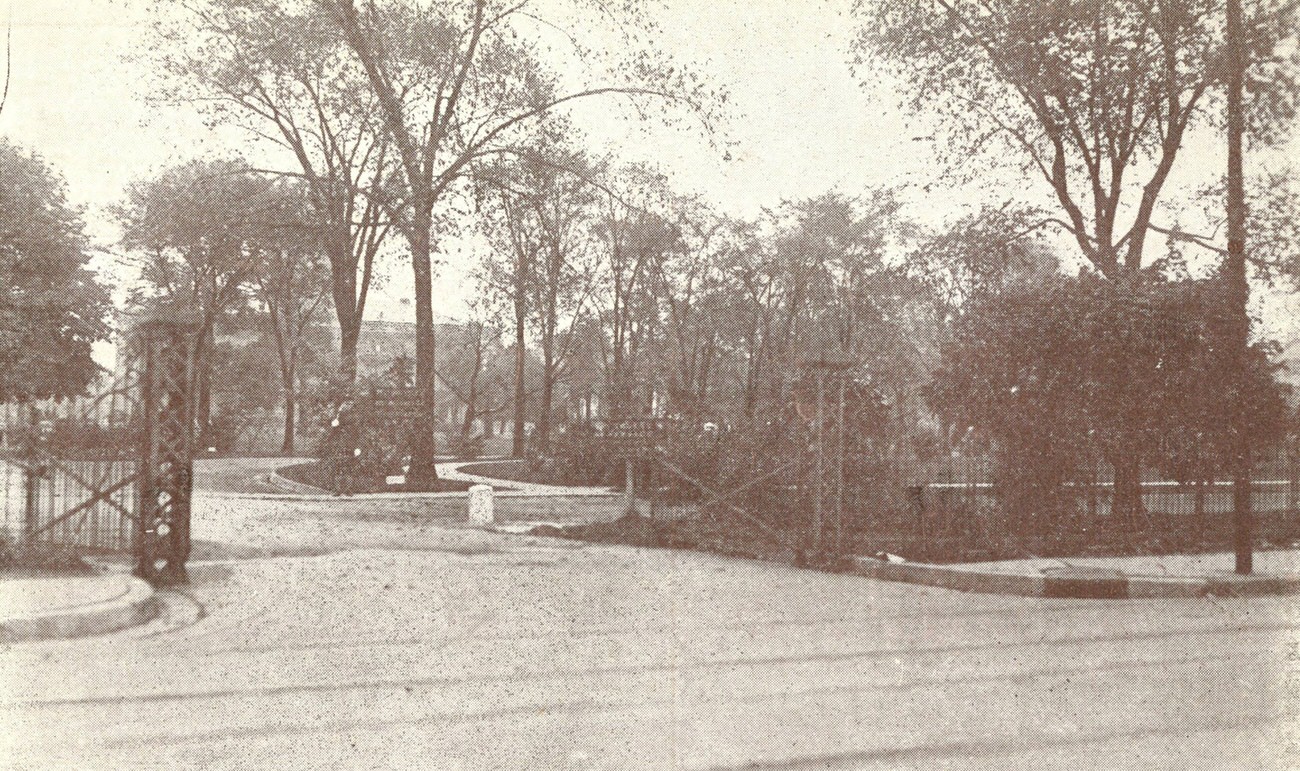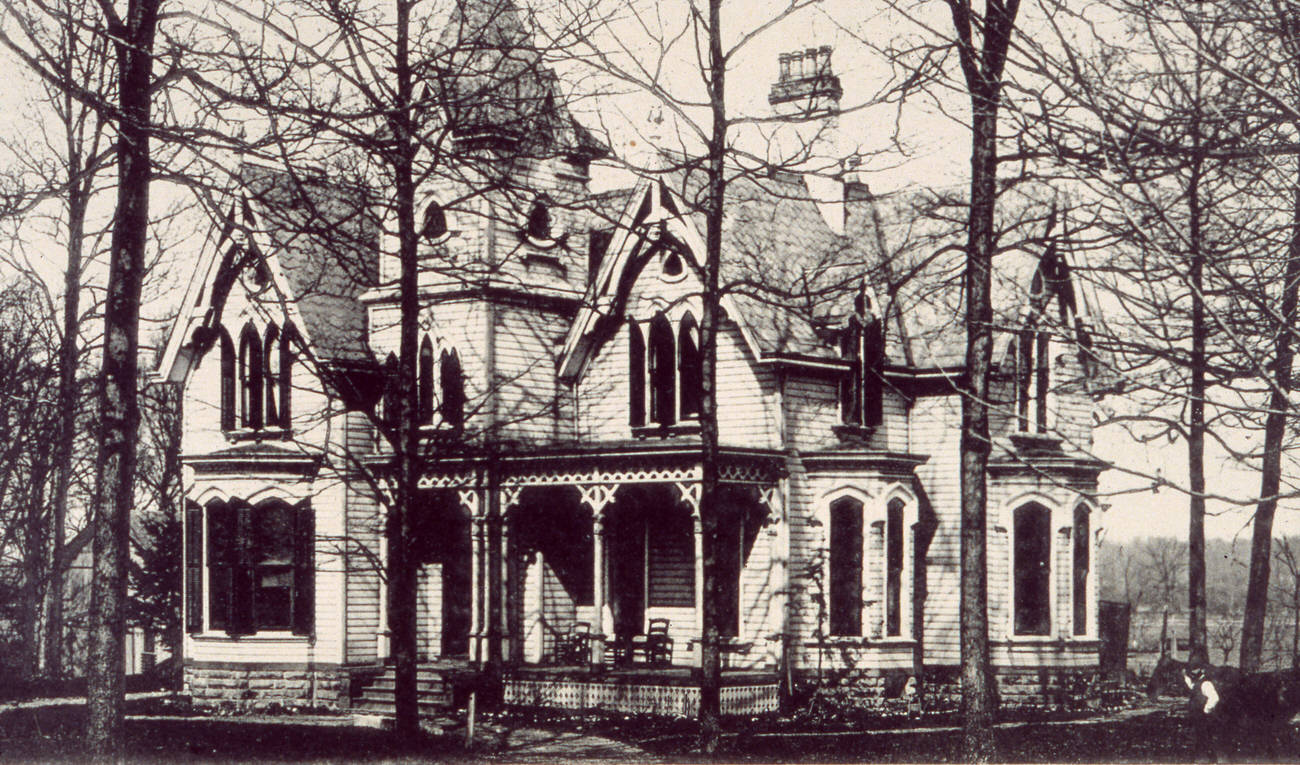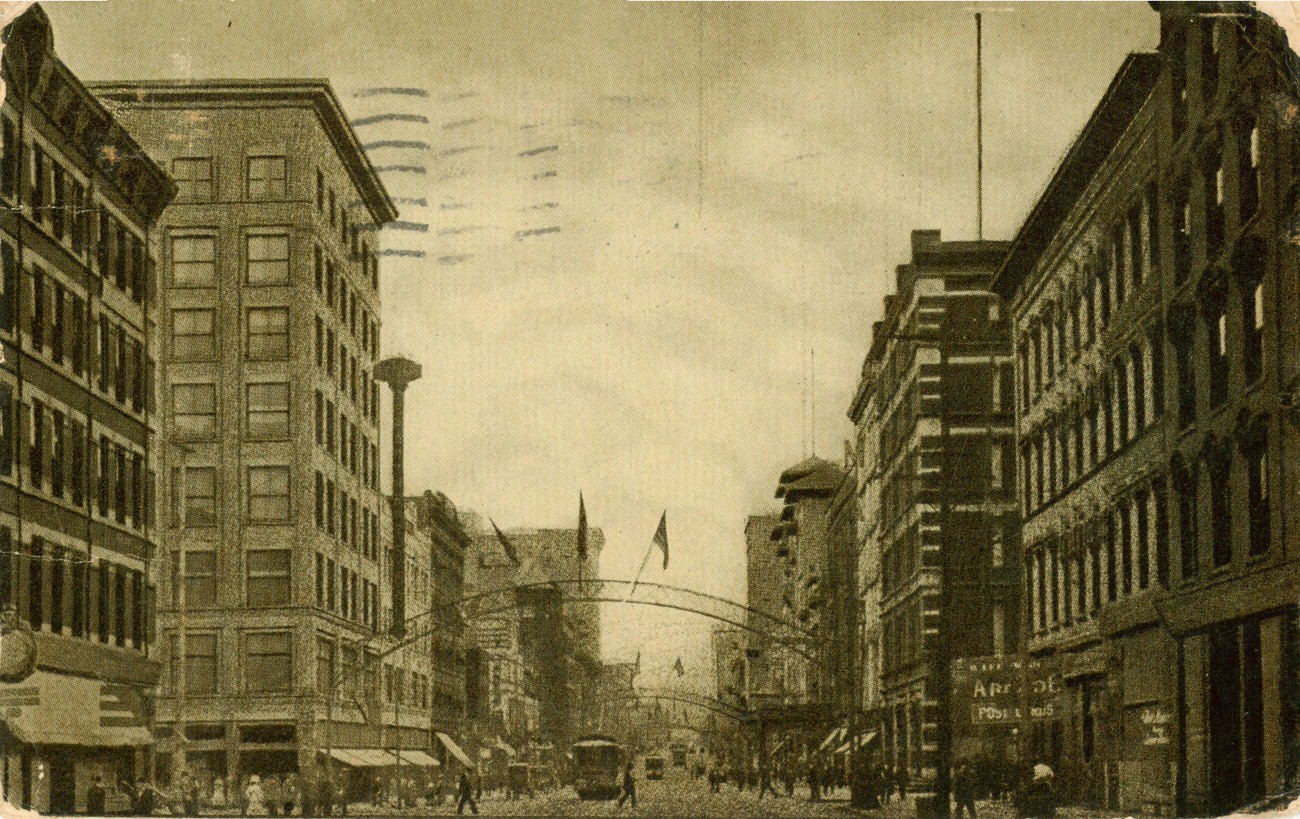The 1880s were a decade of booming growth and transformation for Columbus, Ohio. Emerging from the shadow of the Civil War, the city embraced industrialization, immigration, and cultural advancements, becoming a vibrant hub of activity.
Columbus became a melting pot of cultures. German, Irish, and Italian immigrants brought their traditions and customs, enriching the city’s social fabric. Neighborhoods like “Little Italy” and “German Village” emerged, offering unique culinary and cultural experiences.
A City on the Rise
Imagine cobblestone streets bustling with horse-drawn carriages and pedestrians in their finest attire. Brick and stone buildings lined High Street, housing bustling shops, banks, and theaters. The aroma of fresh bread wafted from local bakeries, while smoke billowed from factories churning out steel, carriages, and other goods. The population boomed, fueled by immigrants seeking opportunity, growing from 51,647 in 1880 to 88,150 by 1890.
Industry and Innovation
Coal mines and manufacturing plants fueled the city’s economy. The Hocking Valley Railway linked Columbus to the nation’s resources, while the Ohio Agricultural and Mechanical College (later The Ohio State University) nurtured scientific and agricultural advancements. Innovation thrived, with inventions like the electric car and the telephone capturing the city’s imagination.
Entertainment and Leisure
Life in the 1880s wasn’t all work. Residents frequented lively saloons, vaudeville shows, and grand theaters like the Southern. Parks like Franklin Park offered respite, with families enjoying picnics, boating on the lake, and strolling through flower-filled gardens. The Ohio State Fair, established in 1874, brought together the community for agricultural exhibits, entertainment, and lively competition.







































Great pics. I was wishing there were addresses for all of the buildings (even knowing that many are not still standing).
Is there any other city that has destroyed as much of its history?
Would love to see these colorized
Woof it’s like a tiny bb London with the river. Imagine if those old buildings on the rivers edge still existed! The river is still too gross to swim, might as well have old renovated factories hanging over the edge with bars and restaurants.
Where were they getting oysters? Brought on ice from 800 miles away?
Shipped on container trains filled with saltwater.